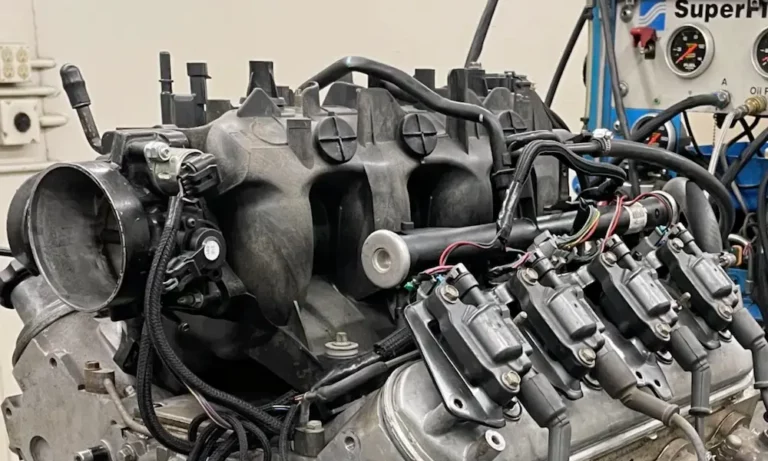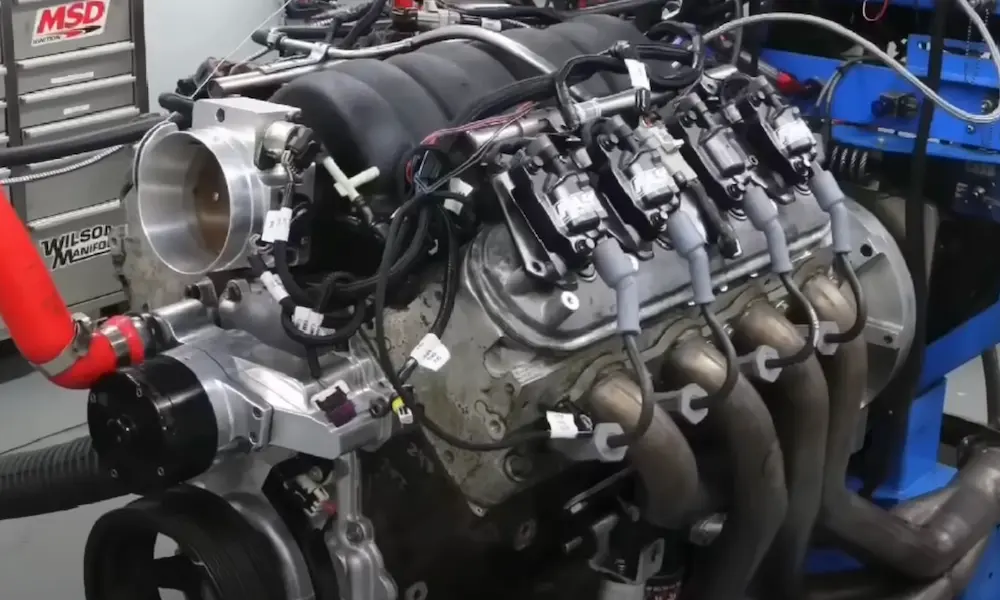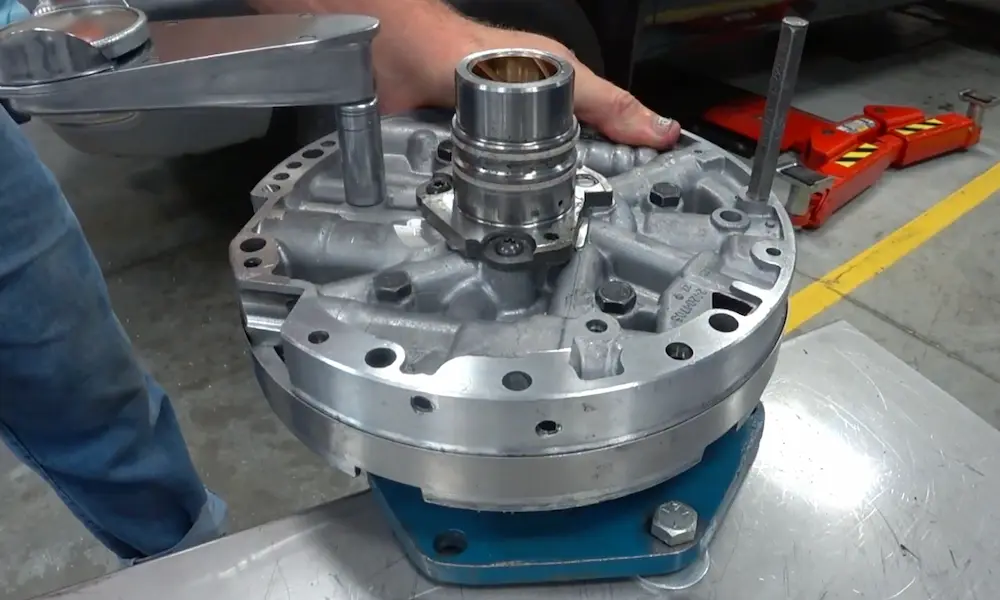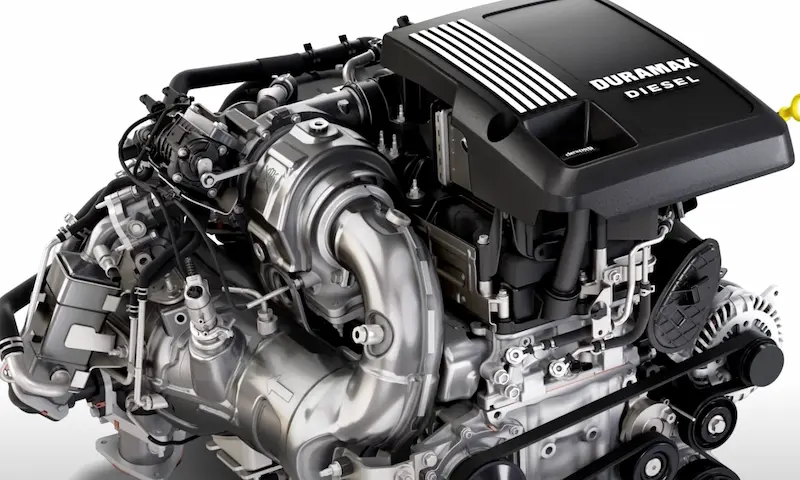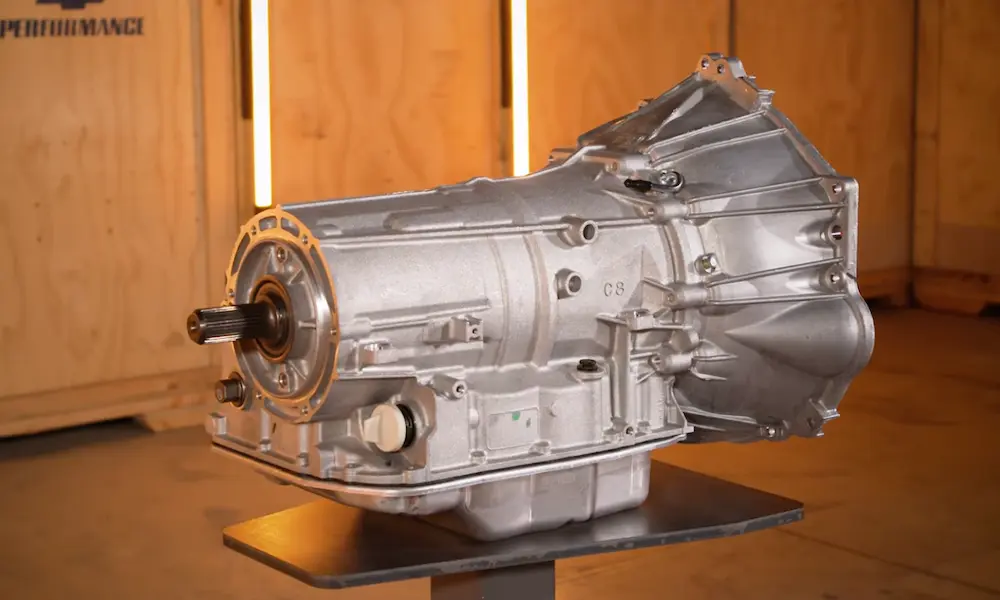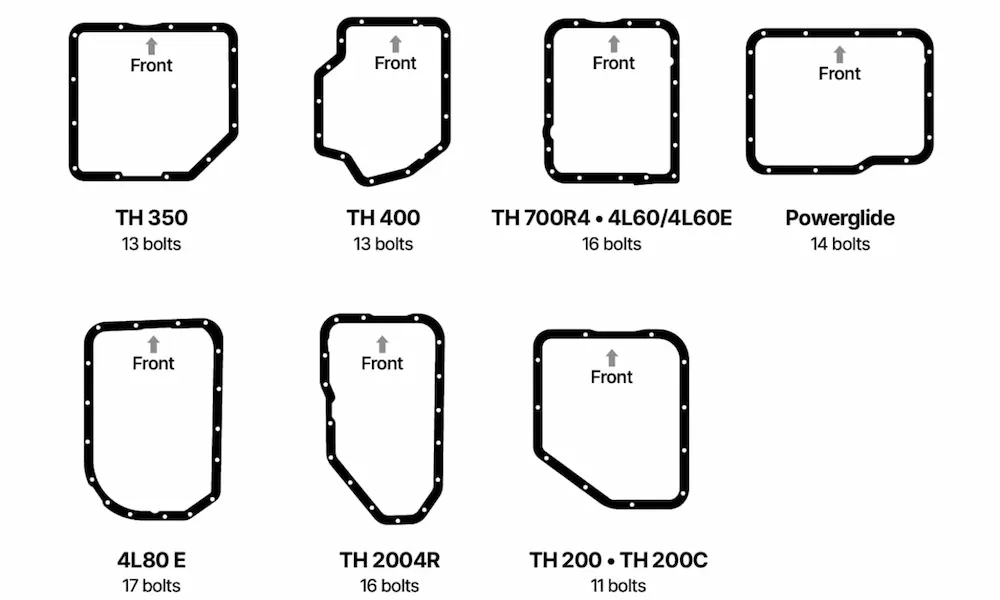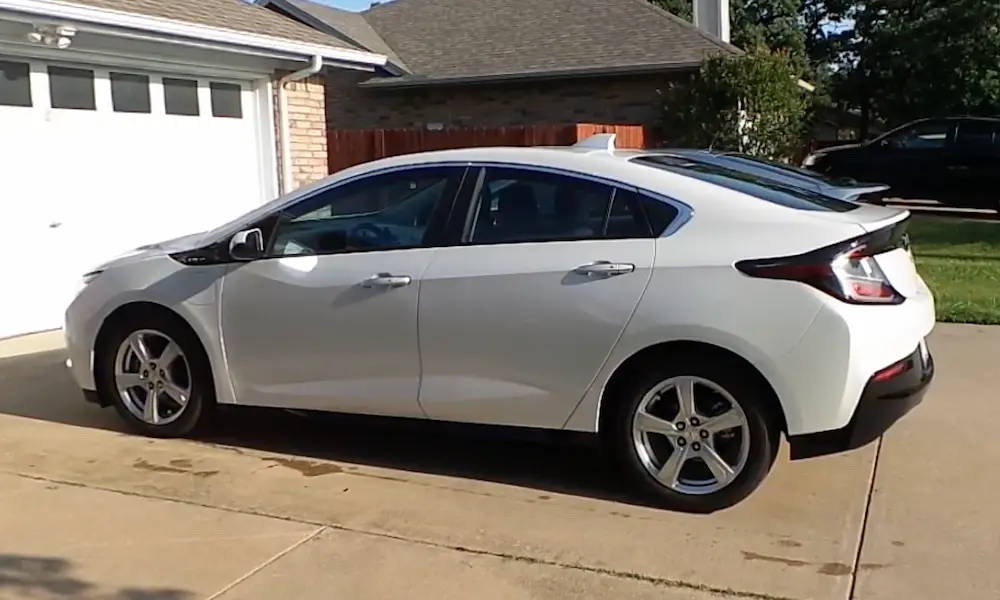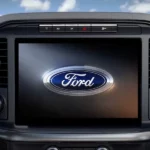Exploring the world of Vortec engines uncovers the common challenges and solutions that will keep your engine running smoothly. The 4.8 Vortec, known for reliability, can face issues like high oil consumption and faulty sensors. With tips on maintenance and care, you can tackle these engine problems and enhance longevity. Dive in to discover how to maintain optimal performance for your vehicle.
Overview of the 4.8 Vortec Engine
The 4.8 Vortec engine is a small-block V8 known for its reliability and durability. It has been featured in various General Motors trucks and SUVs. Understanding its history, specifications, and different models like the LR4, LY2, and L20 will give you a comprehensive view of this engine.
History and Development
The 4.8 Vortec engine is part of the Gen III and Gen IV engine families. It debuted in the late 1990s as part of a new wave of engines focusing on efficiency and power. Originally introduced in 1999, this engine was designed to offer strong performance and longevity in various GM vehicles.
As a member of the Gen III lineup, it incorporated modern design features like advanced fuel injection and electronic ignition. Over the years, it evolved into the Gen IV family. This included enhancements in fuel efficiency and emission controls.
Its development was driven by the need for engines that balance power and economy, making it a popular choice for trucks and larger vehicles.
4.8 Vortec Specs
The 4.8 Vortec, also known as the Vortec 4800, delivers impressive specifications for a V8 engine. Displacing 4.8 liters, it provided a combination of power and efficiency. Known for a robust cast-iron block and aluminum heads, this engine can handle demanding work.
Torque and horsepower figures were competitive for its class. It typically produced around 270-295 horsepower and approximately 285 lb-ft of torque. This made it suitable for both everyday driving and heavier loads.
Advanced features like fuel injection technology improved the engine’s efficiency and reduced emissions, making it a reliable choice for many drivers.
Model Variants: LR4, LY2, and L20
The 4.8 Vortec engine came in different variants, each with specific characteristics. The LR4 was the first of these. Introduced in 1999, it was used primarily in SUVs and trucks until 2006. It was known for its balance of power and efficiency.
The LY2 emerged in 2007 and replaced the LR4 in some models. It shared many features with its predecessor but offered improved emissions performance, helping it stay relevant in changing regulatory environments.
The L20, another variant, introduced additional refinements. Featuring advanced fuel management systems, it enhanced fuel efficiency and reduced emissions, appealing to a wide range of drivers.
Common 4.8 Vortec Engine Problems
The 4.8 Vortec engine is generally reliable, but it does have some common issues you should be aware of. These include problems with the ignition and fuel systems, concerns when the engine has high mileage, and cooling system troubles.
High Mileage Concerns
As the 4.8 Vortec engine racks up miles, some problems may start to appear. Engines with high mileage can experience increased oil consumption, which might indicate worn piston rings or valve seals. Regular oil checks and changes are vital to keeping your engine running smoothly.
Another issue is engine misfires. These can be caused by wear and tear on ignition components. Changing spark plugs and keeping ignition parts in good condition can help prolong engine life. Some users report their engines lasting beyond 250,000 miles with careful maintenance.
Ignition System Issues
Ignition problems in the 4.8 Vortec engine often stem from worn out spark plugs and faulty ignition coils. Symptoms might include engine misfires and stalling, which affect overall performance. Regularly replacing spark plugs can help prevent these issues.
Faulty knock sensors can also be a concern, leading to improper ignition timing and reduced engine efficiency. Keeping the ignition system well-maintained is crucial for good performance. If you notice irregularities, it might be time to inspect and replace these components.
Fuel System Failures
Fuel system troubles can involve the fuel pump and injectors. Fuel pump failure often leads to poor engine performance and hesitation during acceleration. Replacing the fuel pump can resolve this issue, improving performance and reliability.
Injectors can also become clogged or fail over time, causing rough idle and reduced power. Regularly cleaning the fuel system helps prevent these issues. If you’re experiencing frequent stalling or lack of power, checking the fuel system should be a priority.
Cooling System Woes
The cooling system in the 4.8 Vortec engine can face its own challenges. Issues like coolant leaking from worn hoses or radiator problems may lead to engine overheating. Keeping an eye on coolant levels is essential to prevent engine damage.
Coolant leaks might also come from other parts like the water pump. If you notice puddles under your car or the temperature gauge rising, inspect the cooling system for leaks. Prompt repairs can prevent bigger issues down the road.
Intake Manifold and Gasket Air Leaks
Intake manifold gasket air leaks are another issue that might affect the 4.8 Vortec engine. These leaks can cause rough idle, engine misfires, and higher emissions. It’s essential to address these leaks early to avoid major problems.
Replacing worn gaskets can prevent air leaks and restore engine efficiency. Regular inspections and timely repairs ensure that the intake system functions properly. Keep an eye out for these symptoms to maintain your engine’s performance.
Performance and Efficiency
The 4.8 Vortec engine offers a balance of power and efficiency. You’ll find insights on fuel economy, horsepower and torque output, as well as handling and vibrations. Each aspect helps you understand what to expect in terms of performance and any issues that might arise.
Fuel Economy and Consumption
The 4.8 Vortec engine is known for its decent fuel economy, especially within the full-size truck segment. You can expect a reasonable balance between power and mileage, making it an appealing option for daily driving and light towing.
Despite these strengths, some drivers have reported issues with poor fuel economy, often linked to factors like old spark plugs or clogged air filters. Regular maintenance can help maintain optimal performance, ensuring your engine runs efficiently.
Horsepower and Torque Output
The 4.8 Vortec engine delivers solid horsepower and torque, making it suitable for various tasks. It produces around 270 to 295 horsepower and approximately 285 to 305 lb-ft of torque. This output ensures you have the necessary power for towing moderate loads and accelerating smoothly on highways.
Although it’s not the most powerful engine available, it provides a good balance of strength and reliability. This makes it a popular choice for those looking for consistent and dependable performance without excessive power that can lead to wear and tear.
Handling and Vibrations
Handling in vehicles equipped with the 4.8 Vortec is generally stable, with most users enjoying a smooth ride. However, you might encounter vibrations, which can stem from engine mounts or unbalanced tires. These vibrations can affect overall ride comfort and sometimes hint at underlying performance issues.
By addressing these performance issues, such as checking engine mounts and wheel balance, you can ensure a smoother driving experience. Keeping the engine well-maintained will help minimize vibrations and enhance your overall control behind the wheel.
Reliability and Service Life
The 4.8 Vortec engine is known for its impressive durability, boasting a long service life when properly maintained. Focus on consistent maintenance and being attentive to common issues to extend the engine’s lifespan and reliability.
Expected Lifespan
With proper care, the 4.8 Vortec engine can last between 250,000 to 300,000 miles. Routine maintenance, like regular oil changes, is crucial to achieving high mileage. Many drivers report that addressing common issues early, such as high oil consumption or intake manifold gasket leaks, can prevent serious problems down the line. Keeping an eye on engine performance and addressing minor issues as they arise helps maintain the engine’s lifespan.
Reliability Rating
The 4.8 Vortec has a strong reliability rating, making it a dependable choice for many Chevy trucks. Though it is generally reliable, being proactive with maintenance significantly impacts its performance. Common problems like knock sensor issues and oil consumption may occur, but regular checking helps in keeping these at bay. By focusing on these maintenance tasks, you’ll ensure the Vortec engine remains a reliable workhorse.
Technical Issues
When dealing with the 4.8 Vortec engine, several technical issues can arise that may affect performance and reliability. Understanding these challenges can help you keep your engine running smoothly.
Sensor and Control Module Faults
The 4.8 Vortec engine often faces problems related to its sensors and control modules. A faulty knock sensor can trigger the check engine light, leading to rough idling and stalling. The engine knock sensor helps monitor and adjust the engine’s timing to prevent damage. If this sensor fails, you may hear unusual sounds like pinging or knocking. Control module failures can also disrupt communication between the engine’s systems, resulting in performance issues. Regular diagnostic checks can help identify these problems early.
Valvetrain and Camshaft Challenges
Valvetrain and camshaft issues can occur, especially when variable valve timing is involved. Engines with variable valve timing have components that control the timing of the engine valves for improved performance and efficiency. Problems in the valvetrain can lead to reduced engine power, increased fuel consumption, and potentially serious engine damage if left unchecked. Regular maintenance and early detection through noticeable changes in engine noise or power can prevent these issues from escalating.
Electronic Throttle Control and Fuel Injection
The electronic throttle control system and fuel injection are crucial for smooth engine performance. Issues in the fuel injection system might result in poor fuel economy and engine misfiring. If the throttle control system isn’t functioning properly, you might experience sudden acceleration or deceleration. Such malfunctions can affect drivability and could be hazardous. Ensuring that your engine gets regular inspections and timely repairs is key to preventing these complications. By addressing these problems early, you help maintain the engine’s performance and longevity.
Advanced Technologies
The 4.8 Vortec engine incorporates cutting-edge features that enhance efficiency and adaptability. Two prominent technologies are Active Fuel Management (AFM) and Flex-Fuel Compatibility. These features focus on optimizing fuel usage and providing flexibility in fuel choice.
Active Fuel Management (AFM)
Active Fuel Management (AFM) is a feature in the 4.8 Vortec engine that enhances fuel efficiency. This system works by automatically deactivating half of the engine’s cylinders when full power isn’t needed. For instance, during highway cruising, the engine may run on only four cylinders instead of eight.
This technology helps save fuel without compromising performance. You’ll appreciate how your engine can seamlessly switch between modes. This adaptation not only reduces fuel consumption but also lowers emissions, making your engine more environmentally friendly.
AFM is particularly beneficial for those who do a lot of open-road driving where frequent acceleration isn’t necessary. Understanding how AFM operates gives you an insight into its contribution to both fuel economy and reduced engine wear, prolonging the engine’s life.
Flex-Fuel Compatibility
Flex-Fuel Compatibility is another advanced feature of the 4.8 Vortec engine. This capability allows the engine to run on a mixture of gasoline and ethanol, offering you flexibility in fuel choice. Ethanol, a renewable resource, typically constitutes up to 85% of the fuel in flex-fuel vehicles (E85).
Choosing flex-fuel can be economical and environmentally friendly. Using ethanol can reduce dependency on fossil fuels and decrease carbon emissions. Ethanol also tends to burn cleaner than regular gasoline, which benefits engine performance and reduces air pollution.
When using flex-fuel, it’s essential to monitor performance and fuel economy, since ethanol has different energy content compared to gasoline. This technology offers you a chance to make environmentally conscious choices while enjoying the reliability of your 4.8 Vortec engine.
Models and Vehicle Compatibility
The 4.8L Vortec engine is primarily found in several Chevrolet and GMC models. It is known for its reliability and specific fit within these vehicles. Understanding where this engine is typically used helps in identifying its performance strengths and limitations.
Chevrolet Silverado and GMC Sierra
The 4.8L Vortec engine is widely used in the Chevrolet Silverado and GMC Sierra. These models are well-known for their capability and versatility. In these trucks, the 4.8L Vortec delivers adequate power, making them suitable for light towing and hauling tasks.
You’ll find this engine in Silverado and Sierra models from the early 2000s. It offers a good balance between performance and durability. Though not as powerful as some larger engines, it provides reliable service for daily driving and light-duty tasks.
GMC Savana and Chevy Express
The GMC Savana and Chevy Express also utilize the 4.8L Vortec engine. These vans are primarily used for commercial purposes. With this engine, both the Savana and Express offer steady performance for transport and delivery services.
The engine’s reliability makes it a popular choice for those who need a workhorse vehicle. It provides the necessary power for carrying cargo and passengers, with reasonable fuel efficiency for its class. This makes the 4.8L Vortec a solid option for businesses relying on their vehicles to perform consistently.
Comparison with 5.3L Vortec
When comparing the 4.8L Vortec to the 5.3L Vortec, there are noticeable differences. The 5.3L is more powerful and is often chosen for heavier-duty tasks. However, the 4.8L is lighter and offers slightly better fuel efficiency.
If you don’t need the extra power the 5.3L provides, the 4.8L can be a sensible choice. It maintains the core strengths of the Vortec family, such as reliability and good manual transmission compatibility. Both engines perform well, but your choice will depend on your specific needs and vehicle usage.

